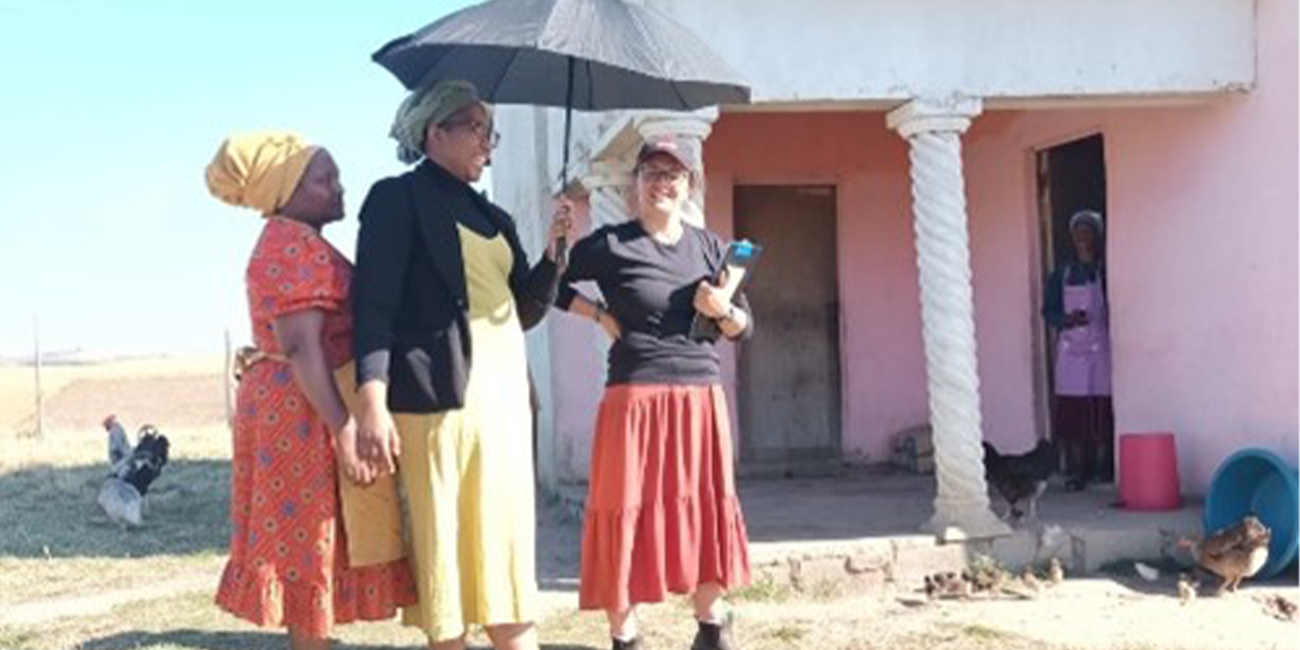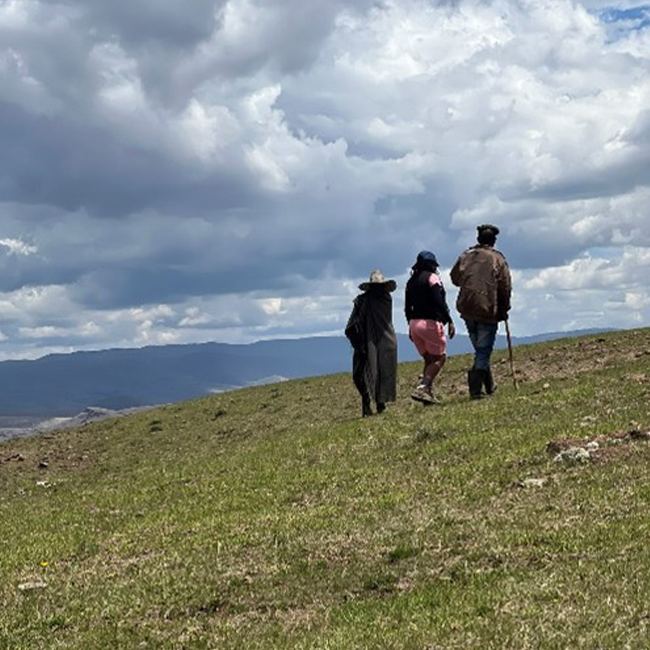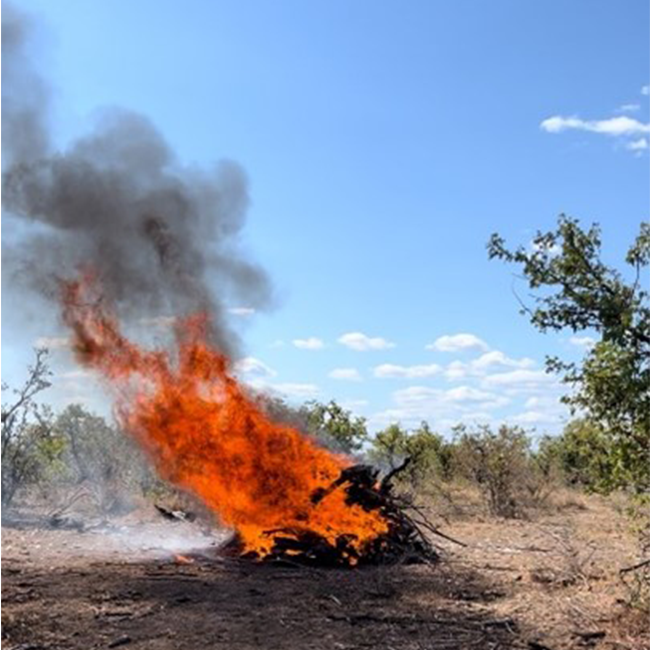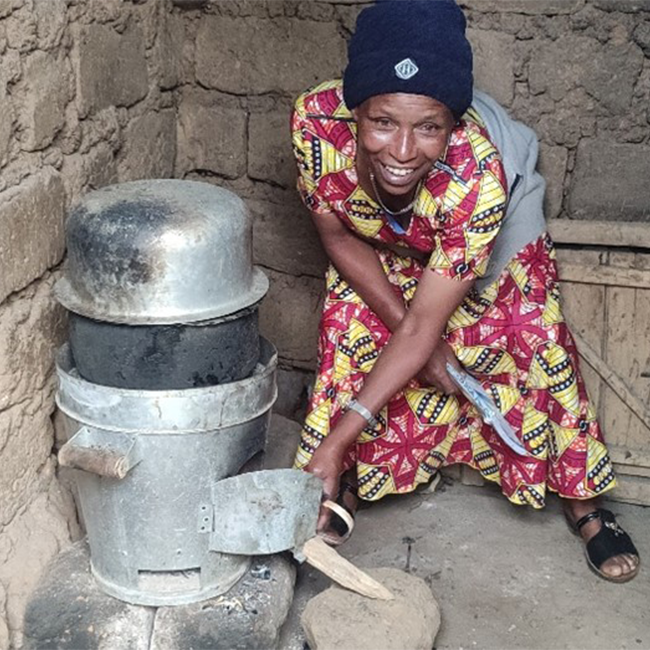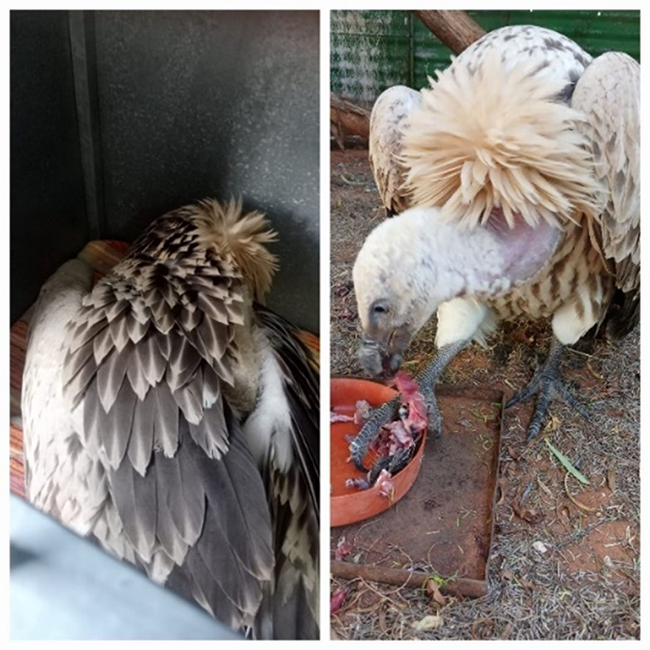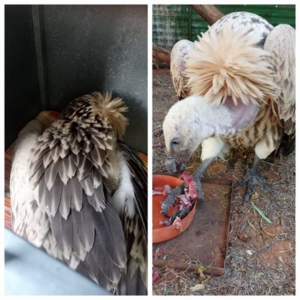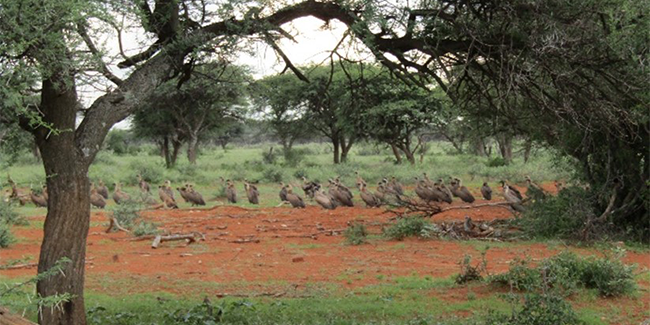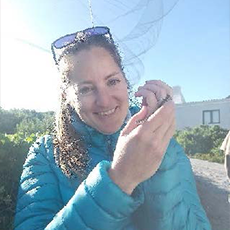
CAREERS IN CONSERVATION – Catherine Kuhn
CAREERS IN CONSERVATION – Catherine Kuhn
Catherine is the Biodiversity Disclosure Project Manager with the EWT’s National Business and Biodiversity Network. Here is a little bit about Catherine’s journey to a career in conservation.

Job title: NBBN Biodiversity Disclosure Project Manager.
What do you do in your day-day work? A lot of my role involves the administrative and project management side of the work we do with businesses and corporates – guiding them in their quest to align with the global sustainability targets and providing capacity building and awareness around the various projects that we do.
Location: Cape Town.
Where did you grow up? Call me a Southern Suburbs girl, I grew up under the foothills of Table Mountain, Kenilworth, Cape Town.
What are your hobbies/things you like to do in your spare time? Spending as much time as I can in the mountains! On a typical weekend I will be rock climbing with my husband, or hiking, kloofing, trail running, and / or walking the dogs!
Any pets? Yes, my two crazy Jack Russells, Hansel and Lappies! They make me mad on a daily basis, but I love them to absolute bits.
Favourite animal and why: A Cape Dwarf chameleon (Bradypodion pumulim). I grew up with them in my garden and used to always search for them. They are misunderstood, fascinating and beautiful creatures!
Favourite food? Any Indian food, and then of course – Chocolate!
Pet peeve? People who throw their cigarette butts on the ground or out of their car window. Any littering in general!
Why did you want to work for the EWT? EWT has been doing amazing work for many, many years, and has grown so much as an organisation. The diversity in the different projects, the passion that the individuals have to make a positive difference in the world and the potential to grow in this organisation is quite a drawcard.
What excites you about this new position? What excites me the most is the potential for positive environmental change and influence in the business sphere and facilitating the move towards businesses having a positive influence over the protection of biodiversity. And of course, all the learning that will come with that, and the potential for growth for myself in such an important sector.
What are you passionate about? My conservation passions lie in mind-set change and capacity building for communities and corporates. I am also passionate about awareness building when it comes to habitat and species protection. My conservation interests also lie in human-wildlife conflict as well as carnivore conservation efforts.
What’s the best advice you’ve ever received, and who did it come from? The best advice I have received is that they key to success is simple: Show up and be willing! The advice came from my husband, and I think Jordan Peterson said it.
What is your go-to feel-good song? ‘Crazy’ by Lost Frequencies and Zonderling.


